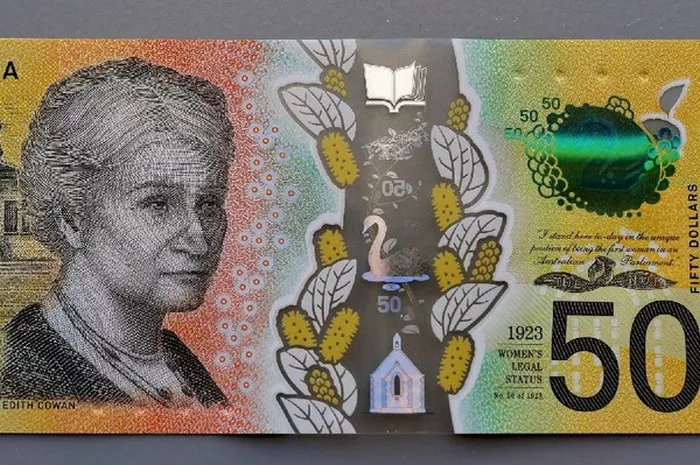In Asia on Wednesday, the AUD/USD remained within a narrow range around the 0.6410-0.6427 area. The U.S. Consumer Price Index (CPI) released on Wednesday and Australian employment data released on Thursday may trigger moves in AUD/USD.
Meanwhile, the Australian dollar (AUD) was hampered by lackluster Australian data. Economic data released on Tuesday showed Australia’s Westpac consumer confidence index fell 1.5% to 79.7 in September, compared with a 0.4% decline in the previous reading. The gauge has remained below 100 for its longest stretch since the recession of the early 1990s, fueling concerns about the impact of a slowdown in China’s economy.
From a technical perspective, the hourly chart of AUD/USD is above the 50-hour and 100-hour exponential moving averages (EMA), indicating minimal upward resistance for AUD/USD.
Near-term resistance for AUD/USD is near the Bollinger Band track at 0.6432. Moving further up, the 0.6500-0.6505 area appears to be strong resistance for AUD bears. The above levels are the confluence of the psychological round number mark and the August 14 high. If AUD/USD breaks above this level, significant follow-through buying could pave the way for 0.6522 (August 15 high) and 0.6570 (August 9 high).
On the other hand, key support lies at the 0.6400-0.6410 area, which is found at the lower Bollinger Bands, 100 hourly exponential moving average and psychological round numbers. If there is a clear break below this level, the next stops would be 0.6380 (August 25 low), then 0.6365 (August 17 low).
Notably, the Relative Strength Index is in bearish territory below 50, temporarily challenging the pair’s near-term downward trend.


